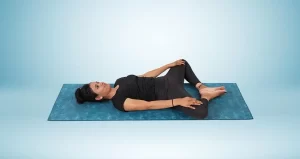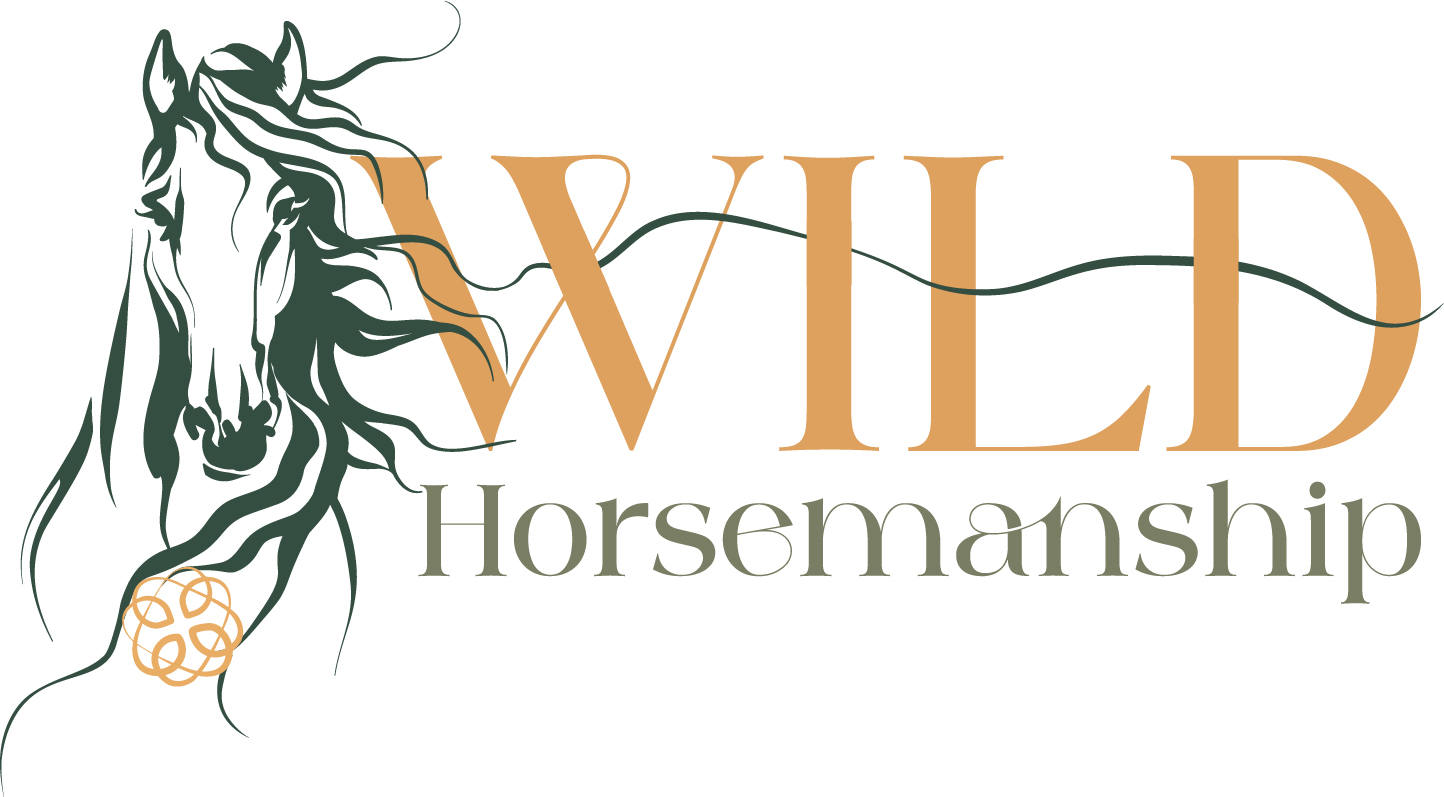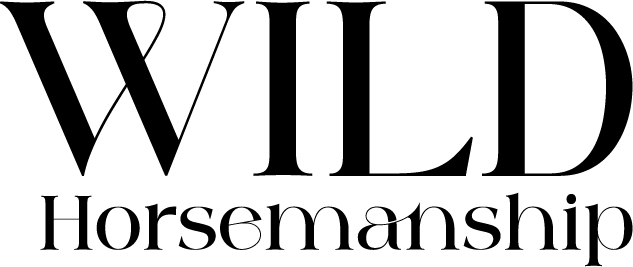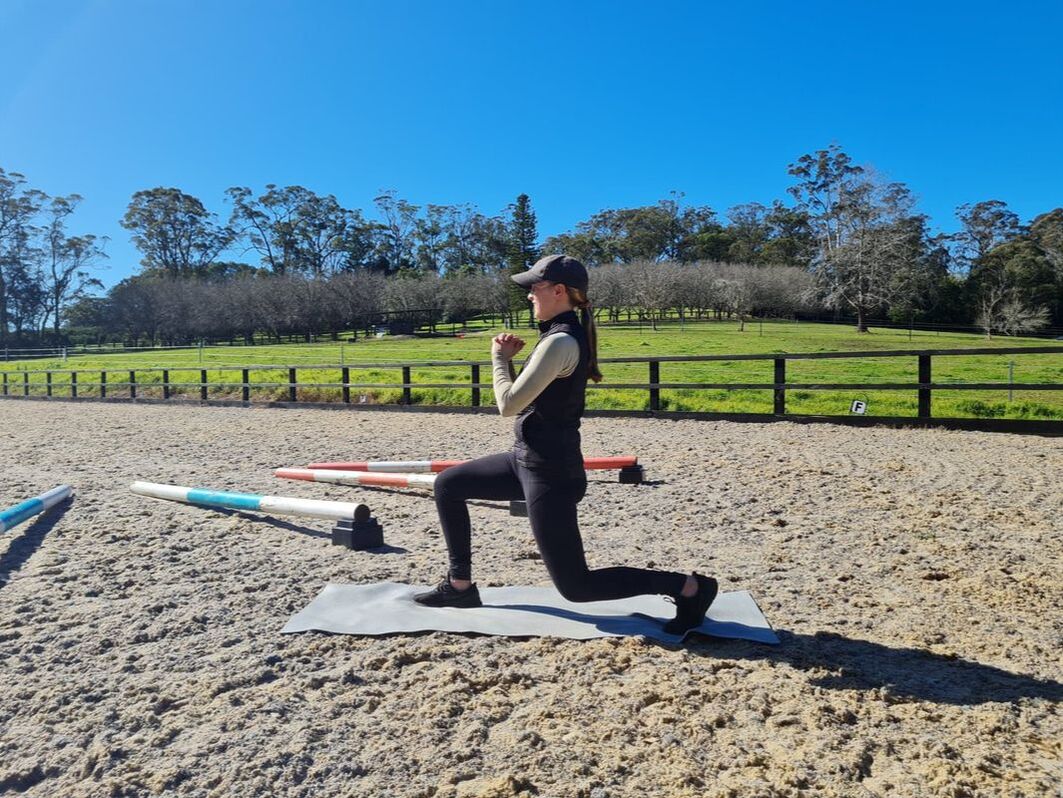No matter what your discipline – hacker or dressage rider, trail rider or eventer, polocrosse competitor or casual clinic participant, your hip flexors are essential for an independent, soft, effortless seat. We need our hips to be flexible, long and relaxed to create a relaxed leg and independent seat. A stiff, unyielding seat seriously inhibits communication with your horse, which will affect his understanding, movement and limit his performance.
An example might be good here: the rising trot demands that our hip flexors be able to swiftly lengthen and shorten in time with the horse’s movements. Riding a flashy rising trot is pretty much a squat– stand action. The body needs to have supple hip flexors if it is going to maintain this action, with balance, for even a short period of time.
As an instructor, I see the results of tight hip flexors and rotated pelvis all the time. At every clinic and across every day of lessons, I am guaranteed to see hip and pelvic tightness in at about 50% of participants. I shit you not my friends! It’s a pandemic! And that is why I thought it was important to write about.
You have either seen it, or experienced it yourself, probably both – Rider attends a lesson. Rider has tight hip flexors and therefore rider loses balance often, particularly in trot. Rider tries to recover stability by balancing on their hands (and therefore rein, therefore the horse’s mouth). Horse protests against the bit by raising her head, and protests against the imbalance by hollowing out her back. Rider is unable to re-establish balance, the cycle continues and whole thing looks seriously untidy.
Often, when I comment to people that I think their hip flexors are tight or their pelvis is rotated, the response is ‘Oh really? It’s not like I lift heavy things all day or anything! Why do you think that?
Let me count the ways . . .
Think about all the things we might do on a daily basis that is conducive to short, tight hip flexors (here is a hot tip- it’s what we don’t do that makes the difference).
Every morning, we wake up, hit the kettle then sit down to breakfast, rubbing our eyes and wondering why we live to work, instead of working to live. Then, we board our planes, trains and automobiles and sit for however long it takes us to get to the daily grind. We then devote a fair chunk of our day sitting, usually in some cheap, un-ergonomically designed chair (office budget cuts, you know) with our legs or ankles crossed. During our lunch break, we either sit in the staff room or head down to the local park to sit on a concrete park bench and enjoy our cheese and pickles sandwich. At the end of the working day, we re-board our planes, trains and automobiles, and head to the stables (or home to the horses if you are lucky enough to house your horses at home).
Being that we have only 1 hour total to tack, ride, untack, feed, rug etc, we don’t bother to stretch our own bodies, but we do give the horse at least 1 hot minute to do so by riding long and low. The rest of the work is as untidy as secondhand lawnmower in the rough, but hey! It was time with our horse. We then head inside and spend some time in our home offices, on even less ergonomically designed chair than the one at work (probably one we stole from the dining table) and take care of personal admin, catch up on work, etc. After dinner, we spend a bit of time on the lounge watching the latest episode of Bridgerton, before heading off to bed to sleep, most likely on our sides with our legs curled up. The inactive office lifestyle that the majority of riders lead, plays a huge role in hip flexor tightness.
Additionally, people who have experienced high stress, emotional trauma, anxiety and depression, have a common physical ailment: tightness in the hips. Neuroscience tells us that the hips are a very good storage vessel for emotions.
The hip flexors impact the position of the pelvis. I like the visual of the pelvis as a bucket of water, if the bucket tips forward, you spill the water, if the bucket tips backward, you spill the water, if the bucket stays where it is supposed to, you don’t spill the water. Simple right?

Shortened hip flexors pull the pelvis down and forward. This snowballs and that’s when we start seeing tight, short, lower back muscles, we grip with our knees, the lower leg and heel while hanging on for dear life, and our abs and core muscles become weak.
Pretty much always, one side of our body is more restricted than the other – we notice this when one of our stirrups miraculously seems longer than the other, or our horses consistently want to veer off to the left or right. Our bodies become reliant on the hip flexors to stabilise the pelvis during activities where the movement is variable, such as (you guessed it!) riding our trusty steeds.

Exercises:
Before we go on, I am going to insert a little disclaimer here: I am not an osteopath, a physiotherapist, chiro or yogi. I do not have any formal training in any kind of sports science or biomechanics. I am, however, a rider with an autoimmune condition that affects the hips and pelvis. I have spent my fair share of time on the osteo table and yoga mat, and what I have learned is, stability exercises are as important as mobility exercises.
Yoga lessons are a fantastic way to loosen up those hip flexors and improve pelvic alignment with expert guidance. The Low lunge, Camel pose, Bridge, Hip Pry and Hero pose are my ‘go to’ poses but find what works for you. And if you can’t get to a yoga class, Youtube has literally millions of free videos- this is a great website we got the featured image from.
Mindful, connected riding will teach you to maintain a sense of balance, build core strength and improve your ability to feel the horse underneath you.
If you have attended a clinic or lesson with me, chances are we have gone through these mindful, connected riding exercises together. They are a common feature in my teaching. If you have the right horse, and safe conditions, try them at home.
When doing these exercises, ask yourself these questions:
What is my body doing?
What does my horse feel like underneath me?
How do my hips and pelvis feel? What adjustments can I make to feel more aligned?
How does my horse feel underneath me when I make these adjustments?
Does it change anything for him/her? How?
Riding Blind: If it is safe to so (calm horse, enclosed space, maybe a helper and a lunge line or lead rope) ride with your eyes closed and connect to your body.
Riding without stirrups: You can open your eyes now! Practice riding without stirrups at walk. Progress to trot and canter only if and when you feel safe to do so.
Riding with your hands on your hips: drop your reins but keep them handy. Place your hands on your hips and ride without the reins to balance on.
In the journey of equestrianism, our connection with the horse is the most important thing. This bond is strengthened through our physical communication when riding – which is facilitated by our hips. By ensuring our hip flexors are supple, we can achieve a harmonious and balanced ride, boosting our performance and the well-being of our equine partners.
Want to learn more and put some of these exercises into practice? We cover these exercises and more at our clinics, camps and lessons. Visit my Clinics and Camps page https://wildhorsemanship.com.au/clinics-camps/
Stay Wild!
References: I humbly thank the below for their contribution to this blog post
- The Back Clinic https://thebackclinic.co
- Rider and Horse Back to Back: Establishing a Mobile, Stable Core in the Saddle. 2011. Von Dietz, S. and Von Neumann-Cosel, I.
- Dressage Today Magazine. https://dressagetoday.com/instruction/no-stirrups-no-problem/


